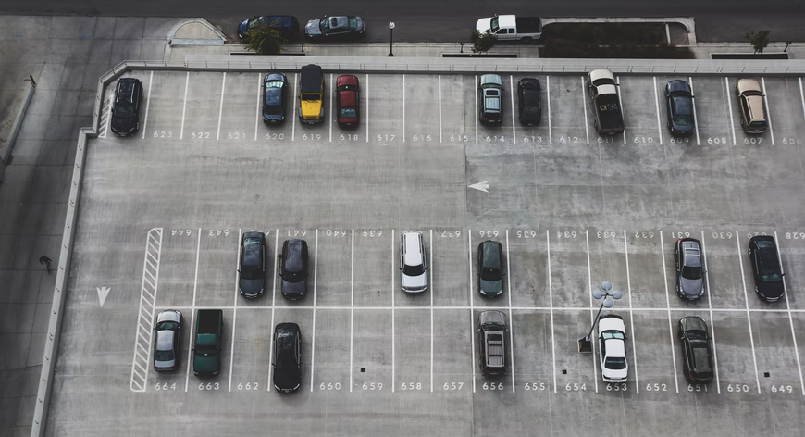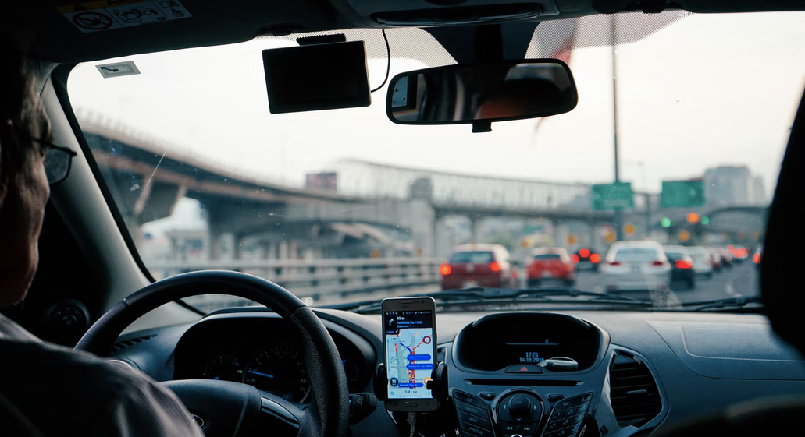Find a parking space: Made easier with TAPS technology

Damit es nicht dazu kommt, hat die LTS AG die TAPS Technologie entwickelt. Sie macht es erheblich einfacher, einen Parkplatz zu finden. Denn die Technologie setzt auf moderne Technik und leitet Fahrzeuge mittels Sensoren zielgerichtet zu freien Parkplätzen. Wie das funktioniert, erläutern wir im Folgenden.
Why is it important to find a parking space without detours?

The longer it takes a driver to find a parking space, the more gasoline he or she consumes. This is a very simple calculation that involves additional costs for the person concerned. Because the lost fuel must of course be paid for.
According to a study, drivers in German cities have to invest around 41 hours a year looking for parking spaces. In the process, they consume fuel worth more than 900 francs. The figures in Switzerland are likely to be of a similar order of magnitude.
In addition to the costs for the individual, there is also the burden on the environment. While trying to find a parking space, the vehicle emits pollutants. It is estimated that the earth's atmosphere is polluted with at least 0.5 million tons of carbon dioxide per year by cars looking for a parking space. Considering that these emissions are avoidable, the huge number is all the more annoying.
Not to be neglected are also these consequences of increased parking search traffic:
How do sensors help to find a parking space?
Modern technology is capable of directing parking search traffic in a targeted manner. LTS AG's solution is TAPS technology. Among other things, it consists of relatively small sensors that are embedded in the ground. The small dimensions of 155 millimeters in diameter and 46 millimeters in height enable uncomplicated installation.
Es muss lediglich eine Bohrung vorgenommen werden, um einen TAPS Sensor im Boden zu versenken. Kabel müssen im Gegensatz zum Einbau von Induktionsschleifen nicht verlegt werden. Denn zum einen sind die Sensoren energieautark, zum anderen übertragen sie Daten kabellos.
When the TAPS sensors are in use, they constantly determine whether there is a car above them. Their detection rate is at least 99 percent, which is extraordinarily high. The sensors transmit the information to the TAPS gateway in real time. The hardware collects the data and then transmits it to the infrastructure that the customer wants.
Various interfaces are available for transmission, including WiFi, Bluetooth and LTE. The data can be monitored and analyzed with the TAPS software. It is platform-independent and can be used locally or web-based. The software prepares the real-time information graphically, enabling reliable analysis. City or municipal employees can thus evaluate the use of parking spaces.
But that's not all: TAPS technology is capable of directing parking search traffic in a targeted manner. In most cases, this is done via a parking guidance system consisting of dynamic display panels. They signal to drivers where they can find a free parking space. TAPS technology can be applied to both outdoor parking areas and parking garages.
Display and reservation of free parking spaces

TAPS technology can also be used to make it visible whether a parking space is free or occupied. This is mainly known from parking garages, but can also be implemented in the open air. If a parking space is free, a green light is illuminated. If, on the other hand, it is occupied, this is indicated by a red light.
This allows drivers who want to find a parking space to get an overview from a distance. If they only see red lights, they will immediately move in another direction in their search for a parking space.
TAPS technology can also be used to enable drivers to reserve parking spaces. This is done in advance via the Internet. Provided the appropriate technical equipment is available on site, the parking space is then marked as reserved. In the same way, payment of the parking fee can be made online.




)
)